The Dark Ages are often thought of as a gloomy and mysterious time, when progress slowed and Europe was plunged into chaos after the fall of the Roman Empire. But in truth, it was a period full of unexpected developments, fascinating stories, and surprising advancements that changed the course of history. Despite its reputation, the Dark Ages weren’t entirely dark. There were periods of innovation, cross-cultural exchange, and even moments of surprising brightness amidst the chaos. From strange medical practices to impressive feats of architecture, the Dark Ages gave us plenty of things that might surprise you.
1. Viking Traders Reached as Far as Baghdad

While the Vikings are mostly known for their raids and violent conquests, they were also skilled traders who traveled vast distances. Some Viking traders made their way all the way to Baghdad, the heart of the Islamic Empire. They traded furs, amber, and other Northern goods for silver, spices, and textiles. This surprising connection between the Norse and the Muslim world shows just how interconnected different regions were, even in the so-called Dark Ages.
2. The First Universities Were Established
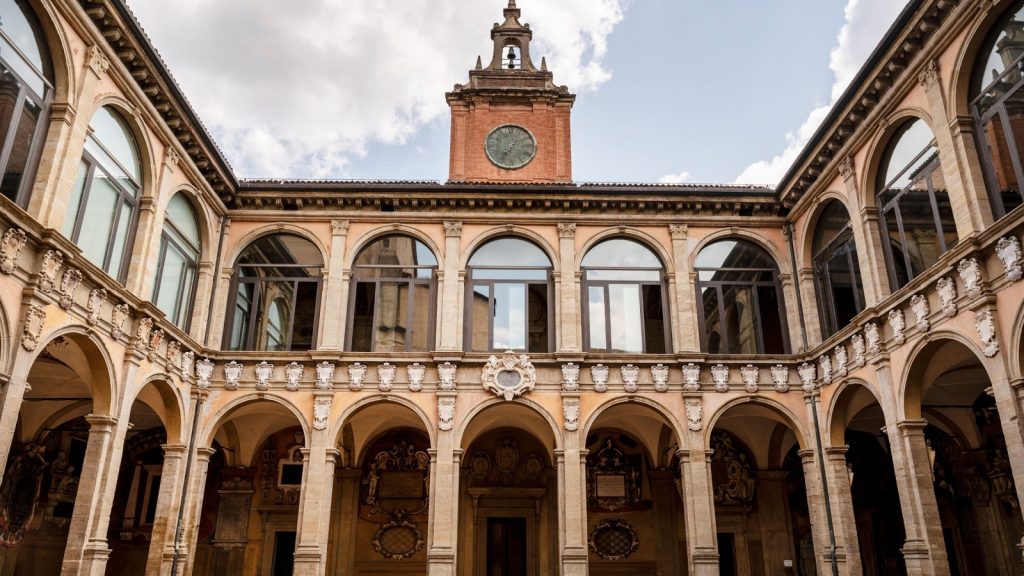
The idea of formal higher education didn’t start with the Renaissance—it actually began during the Dark Ages. The University of Bologna, established in 1088, is considered the first university in the Western world. Oxford University in England also has roots that trace back to this time. These institutions laid the foundation for the modern education system and helped preserve knowledge through challenging times.
3. The Bubonic Plague Killed Half of Europe’s Population
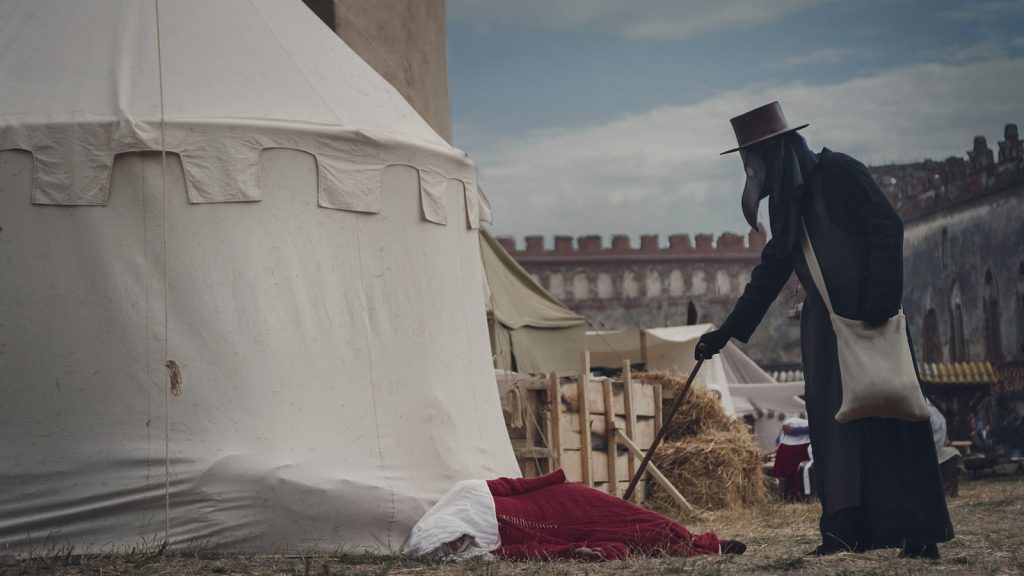
The Dark Ages witnessed one of the deadliest pandemics in human history—the Bubonic Plague, also known as the Black Death. Between 1347 and 1351, the plague wiped out nearly half of Europe’s population. Spread by fleas carried on rats, this disease devastated cities and villages, causing widespread panic, superstition, and social upheaval. It took Europe generations to recover from the loss.
4. Monasteries Were the Centres of Learning
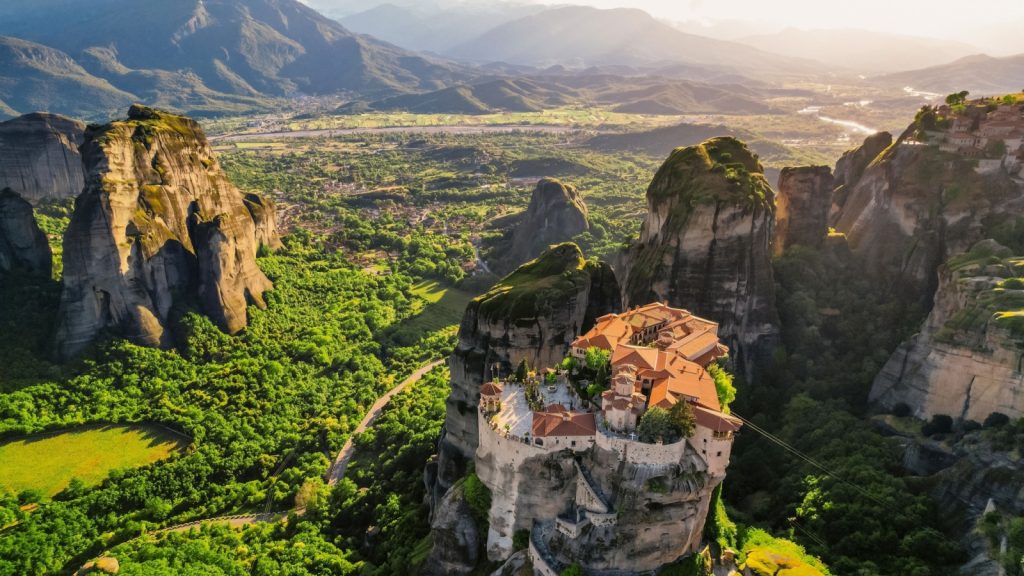
Though much of Europe’s urban life collapsed after the fall of Rome, knowledge wasn’t entirely lost. Monasteries across Europe became the main centres of learning. Monks carefully copied and preserved ancient texts, including the works of Greek and Roman philosophers. In fact, without the tireless work of medieval monks, much of the classical knowledge we have today might have been lost forever.
5. People Believed in Bloodletting as a Cure-All

Medical knowledge during the Dark Ages was a strange mixture of superstition and rudimentary science. One common practice was bloodletting, where doctors would drain a patient’s blood to balance the body’s “humours.” This was believed to cure everything from fevers to headaches. Unfortunately, bloodletting often did more harm than good and remained a popular treatment for centuries.
6. The Islamic Golden Age Thrived
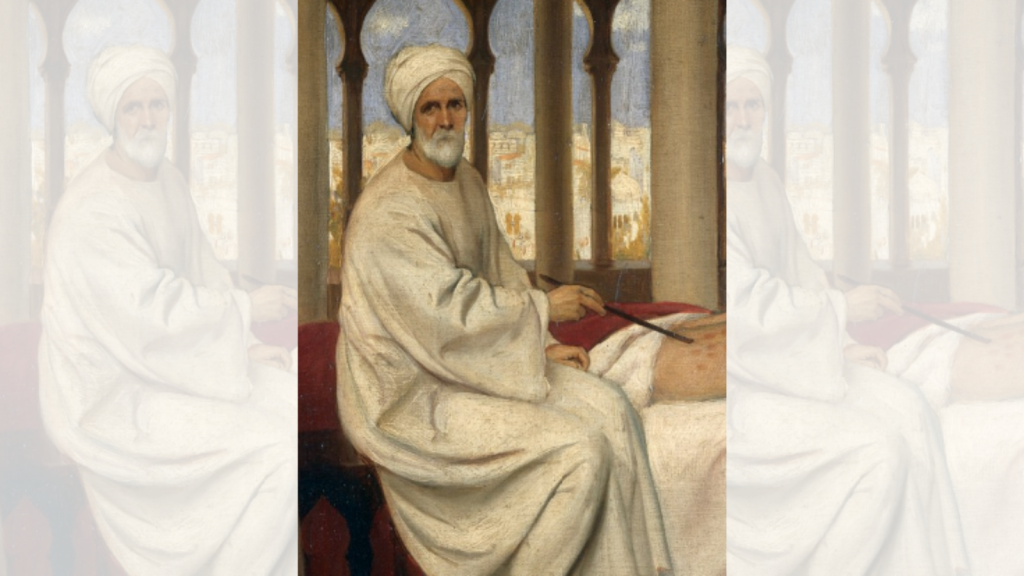
While Europe struggled during the Dark Ages, the Islamic world experienced a flourishing of culture, science, and knowledge known as the Islamic Golden Age. Scholars in cities like Baghdad, Cordoba, and Cairo made huge advances in mathematics, astronomy, and medicine. These achievements would later help spark the Renaissance in Europe, showing that progress was alive and well elsewhere.
7. Charlemagne Was Crowned the Holy Roman Emperor
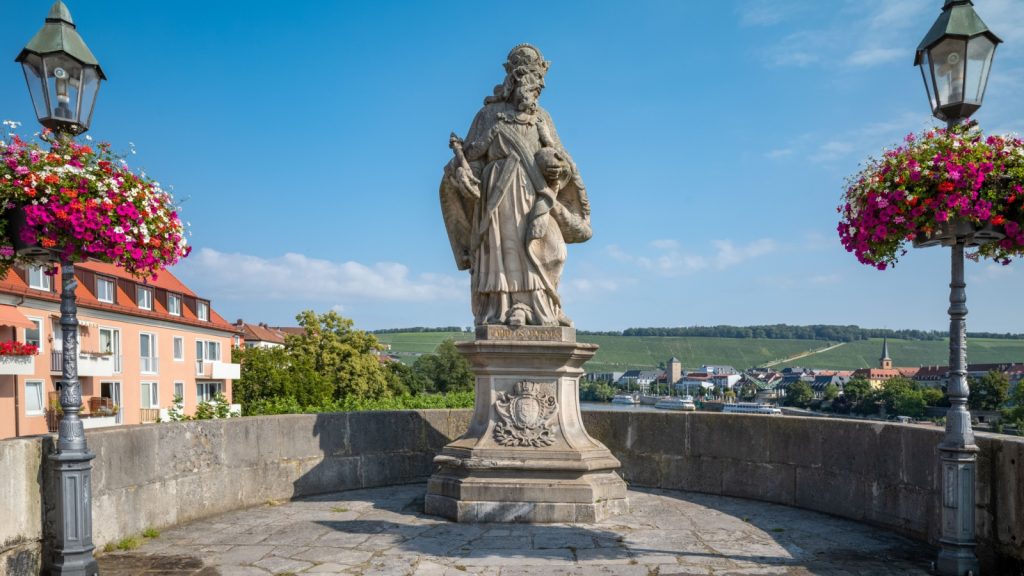
In 800 AD, Charlemagne, king of the Franks, was crowned Holy Roman Emperor by the Pope. This event is considered the birth of the Holy Roman Empire and marked a turning point in European history. Charlemagne’s reign brought about a revival in art, culture, and learning, which historians sometimes call the “Carolingian Renaissance.”
8. Viking Warriors Were Given Elaborate Burials
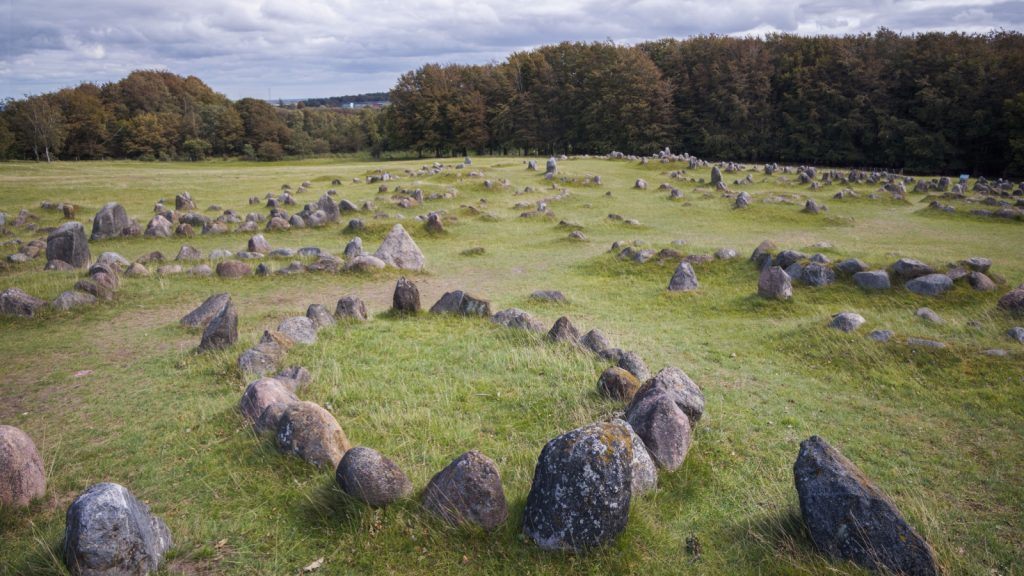
When we think of Viking warriors, we often imagine fierce raiders and conquerors. But in death, they were often given elaborate burials. Important Viking leaders were sometimes buried in ships, surrounded by their weapons, treasure, and even sacrificed animals or slaves to accompany them to the afterlife. These ship burials are some of the most impressive archaeological finds from the period.
9. Anglo-Saxon Kings Had Strong Trading Networks
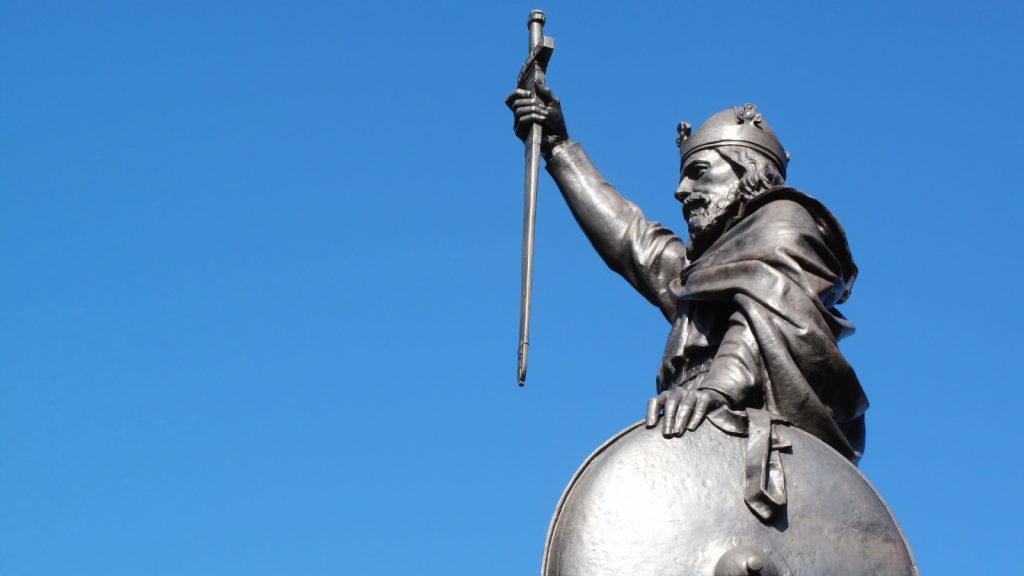
Though the Dark Ages are often seen as a time of isolation, Anglo-Saxon England had extensive trading networks. Kings like Offa of Mercia (757-796) traded with Charlemagne’s empire, Scandinavia, and even as far as the Mediterranean. Coins from this era have been found as far away as India, showing just how far medieval trade could reach.
10. Women Could Be Power Players
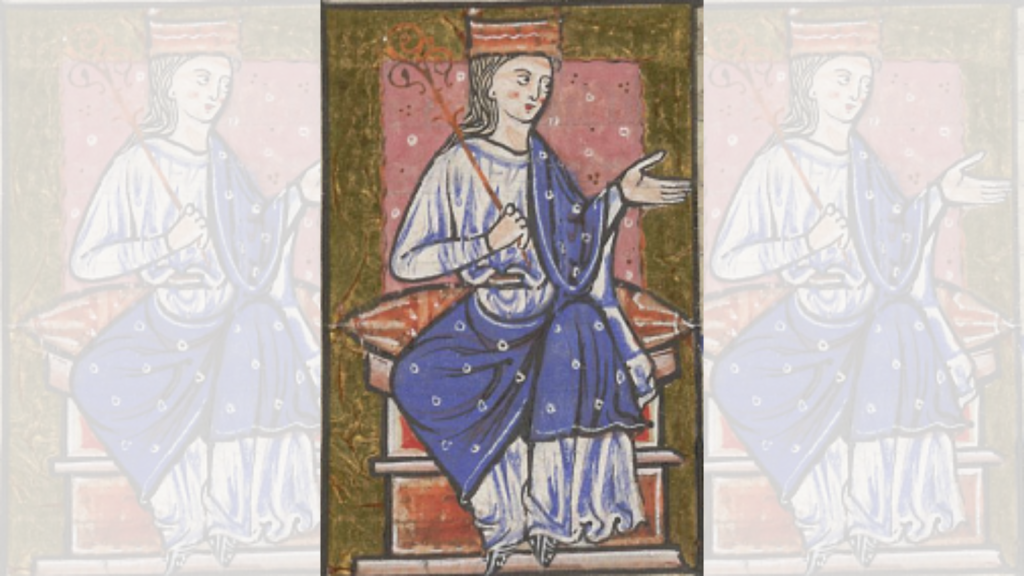
While the Dark Ages are usually associated with male rulers and warriors, women could wield significant power. Queens like Æthelflæd, daughter of King Alfred the Great, ruled Mercia after her husband’s death and was instrumental in defending her kingdom against Viking invasions. She was a skilled diplomat and military leader, challenging modern assumptions about women’s roles in medieval society.
11. Early Versions of Eyeglasses Were Invented
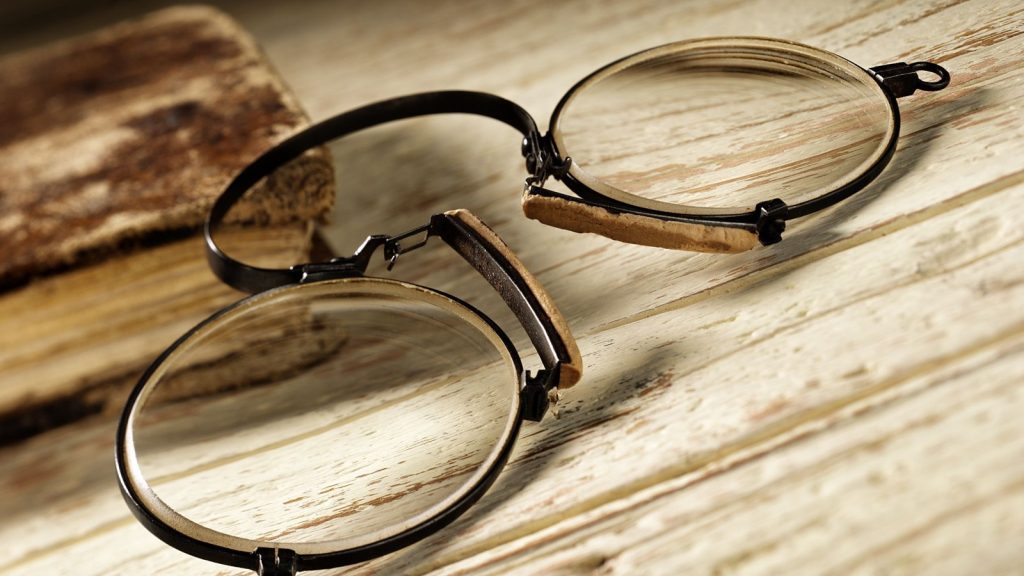
During the Dark Ages, advances in optics led to the early development of eyeglasses. In the 13th century, Italian monks and scholars began using convex lenses to improve vision, particularly for reading. Though these first glasses were quite different from the ones we use today, they were an important step toward modern eyewear.
12. The Knights Templar Were Founded
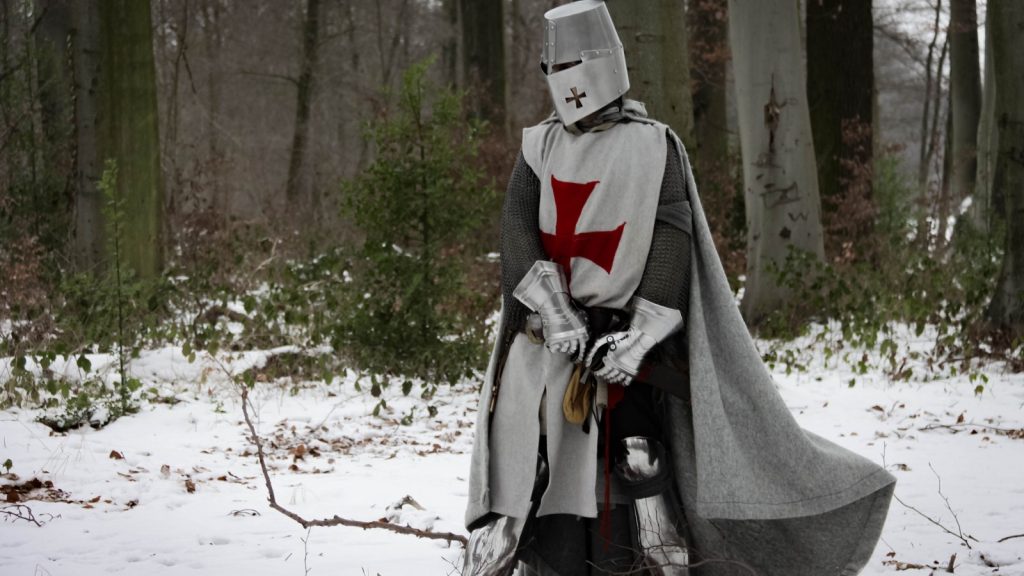
The Knights Templar, one of the most famous military orders in history, was founded in 1119 during the Dark Ages. Originally created to protect Christian pilgrims traveling to the Holy Land, the order quickly grew in wealth and power. They became a formidable force during the Crusades and were known for their distinctive white mantles emblazoned with a red cross.
13. Crop Rotation Was Developed

Agricultural advancements weren’t entirely forgotten during the Dark Ages. In fact, the three-field crop rotation system was developed during this time. This technique allowed farmers to increase productivity by rotating different crops through three fields, leaving one fallow each year to restore nutrients. This system helped improve food supply and laid the groundwork for future agricultural developments.
14. Greek Fire Terrified Invaders
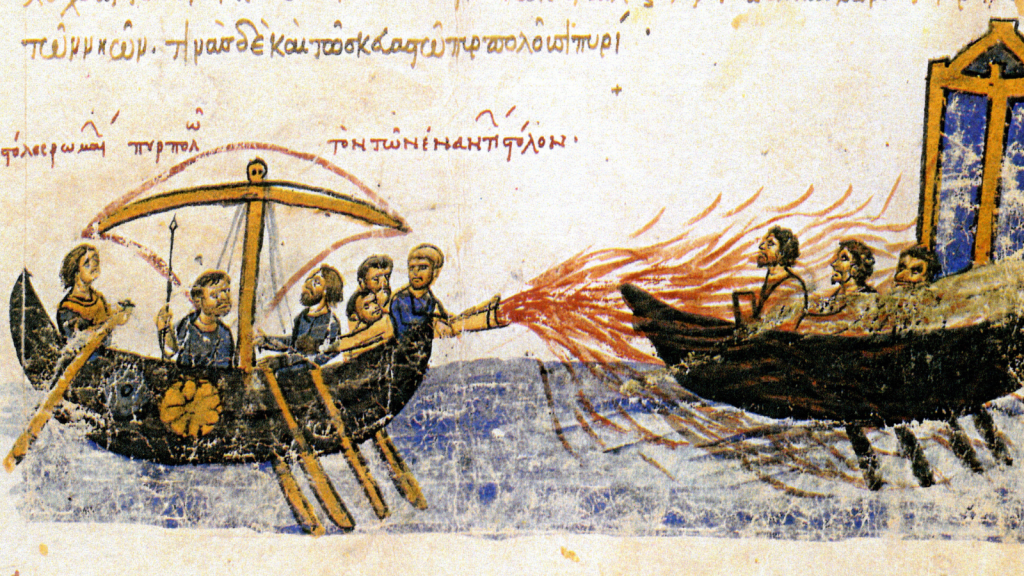
The Byzantines used a secret weapon known as “Greek Fire” to defend their empire during the Dark Ages. This incendiary substance, which could burn even on water, was used in naval battles to devastating effect. The exact formula was a closely guarded secret, and it played a crucial role in defending Constantinople from attacks.
15. The Iconoclast Controversy Divided the Church
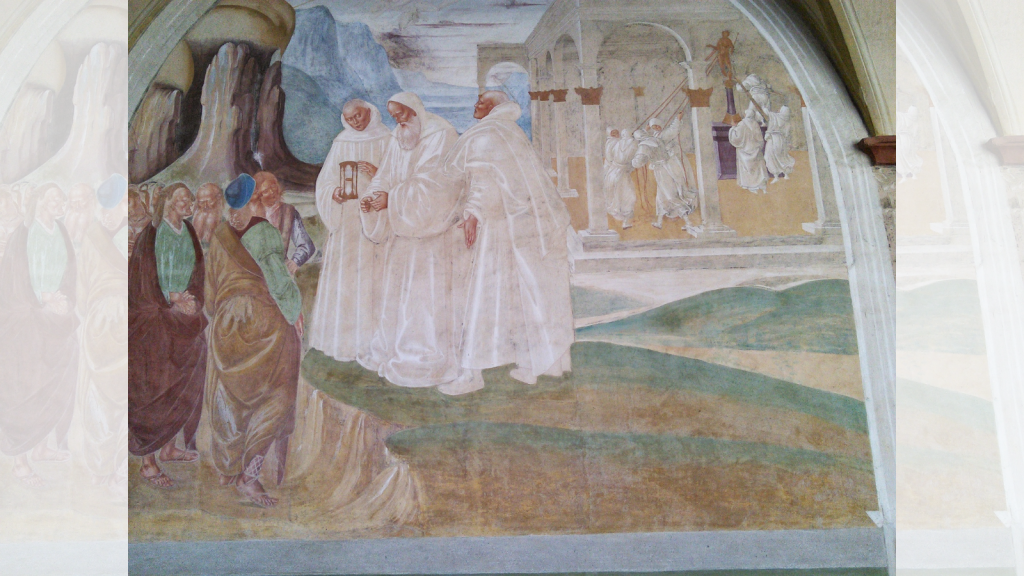
During the 8th and 9th centuries, the Byzantine Empire was shaken by the Iconoclast Controversy. This was a fierce debate over the use of religious images, or icons, in worship. Some believed that venerating icons was a form of idolatry, while others saw it as an important part of Christian practice. The controversy led to major political and religious divisions within the empire.
16. The Carolingian Minuscule Transformed Writing
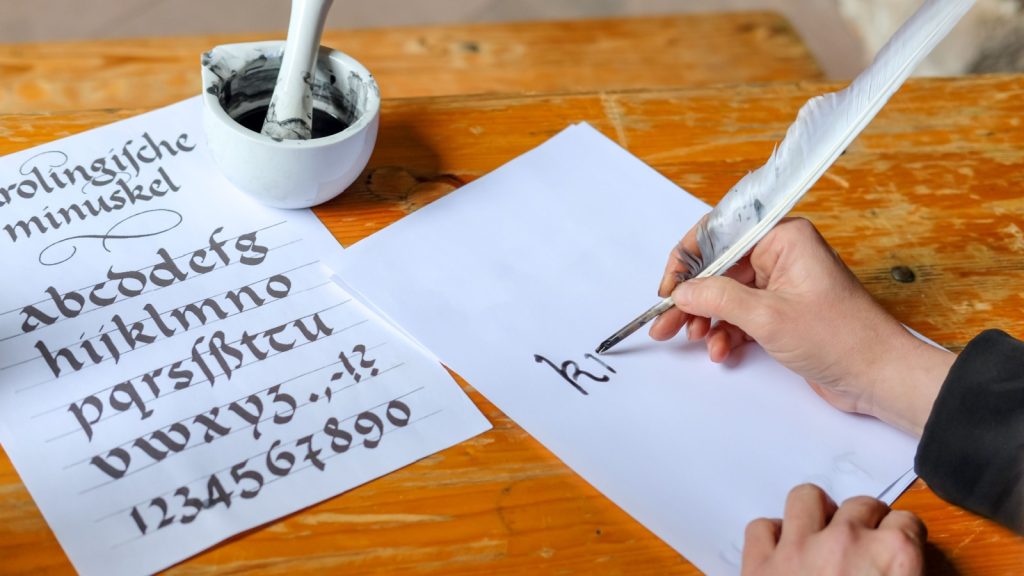
Before the Dark Ages, written texts were difficult to read due to cramped and irregular lettering. But under the reign of Charlemagne, a new, more readable script called Carolingian minuscule was developed. This script used lowercase letters and spaces between words, making reading and copying texts much easier. This development had a lasting impact on written language in Europe.
17. Alchemy Laid the Foundation for Modern Chemistry
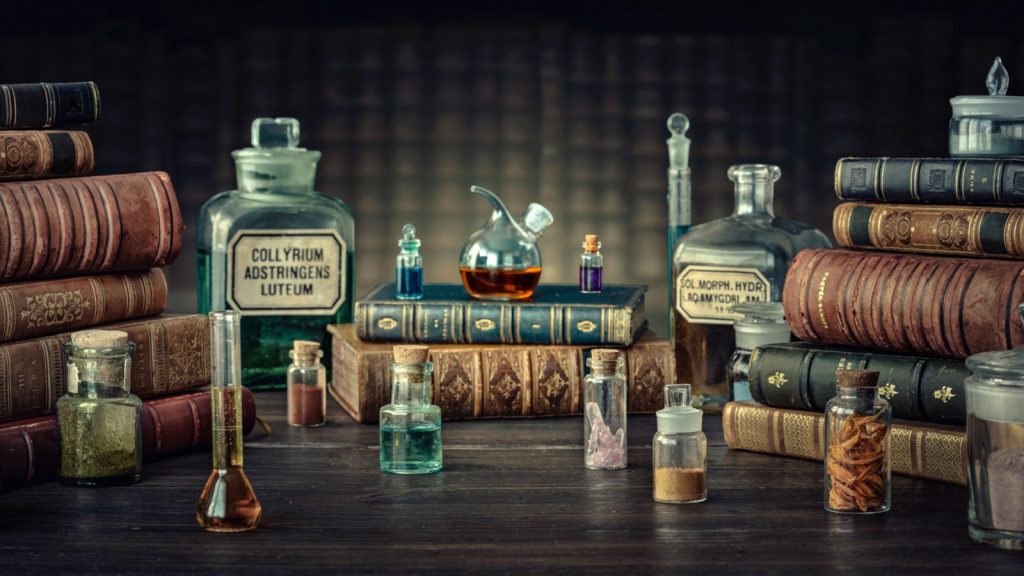
Though it might seem strange to us now, the medieval practice of alchemy played a key role in the development of modern science. Alchemists sought to turn base metals into gold and discover the elixir of life, but along the way, they developed important techniques in chemical experimentation. Many of the tools and methods they used were the precursors to modern chemistry.
18. The Magyars Terrorised Europe
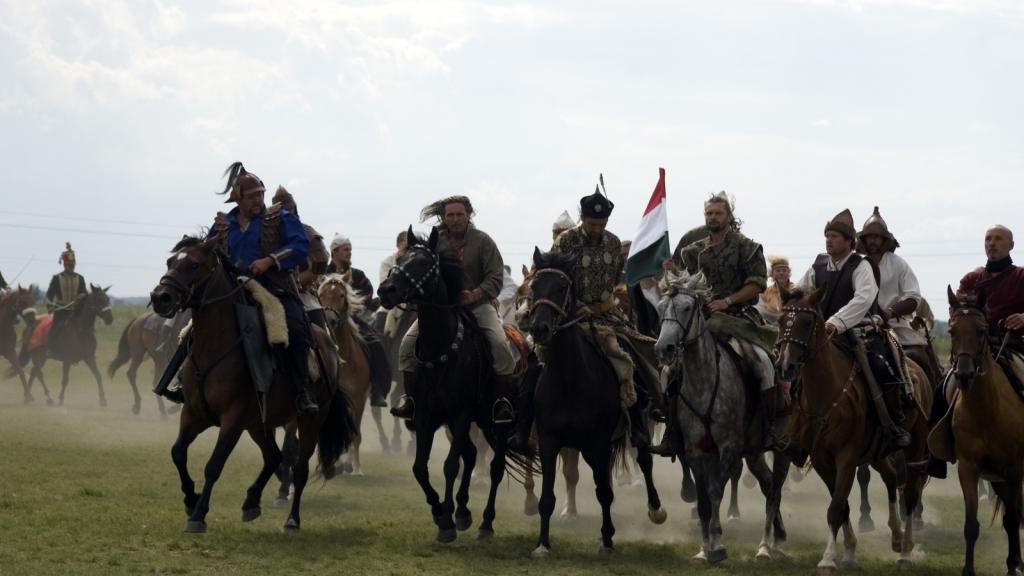
In the 9th and 10th centuries, the Magyars, a nomadic people from Central Asia, raided much of Europe. They were known for their fierce cavalry and their ability to strike quickly, often attacking villages and monasteries before retreating. Their raids caused widespread fear, especially in Eastern and Central Europe, until they eventually settled in Hungary.
19. The Domesday Book Was Compiled
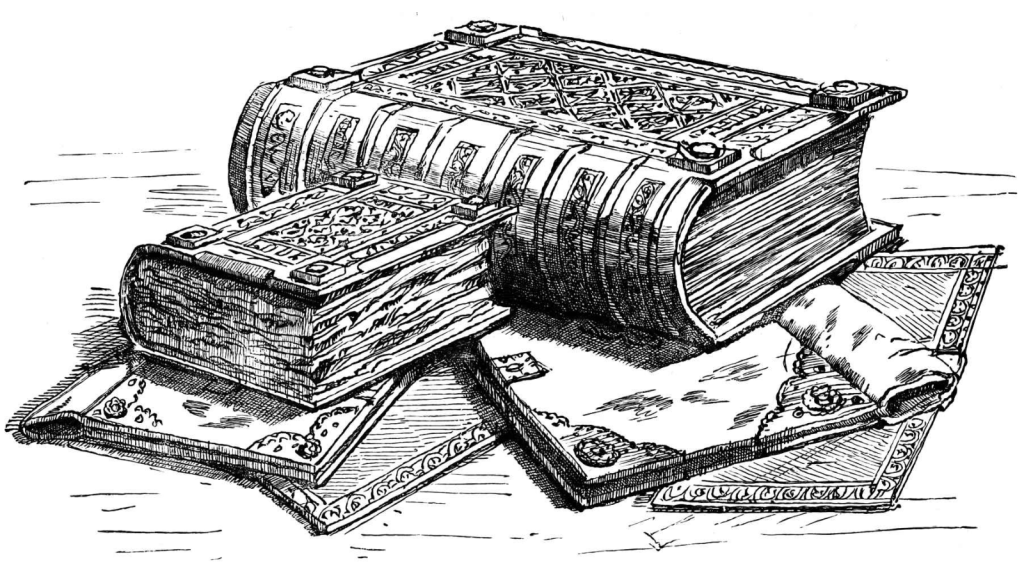
In 1086, William the Conqueror ordered a great survey of England, known as the Domesday Book. This detailed record of landholdings, resources, and population was an extraordinary administrative achievement. It provided a snapshot of medieval England and is still an important historical document for understanding the period.
20. Stone Castles Began to Dot the Landscape
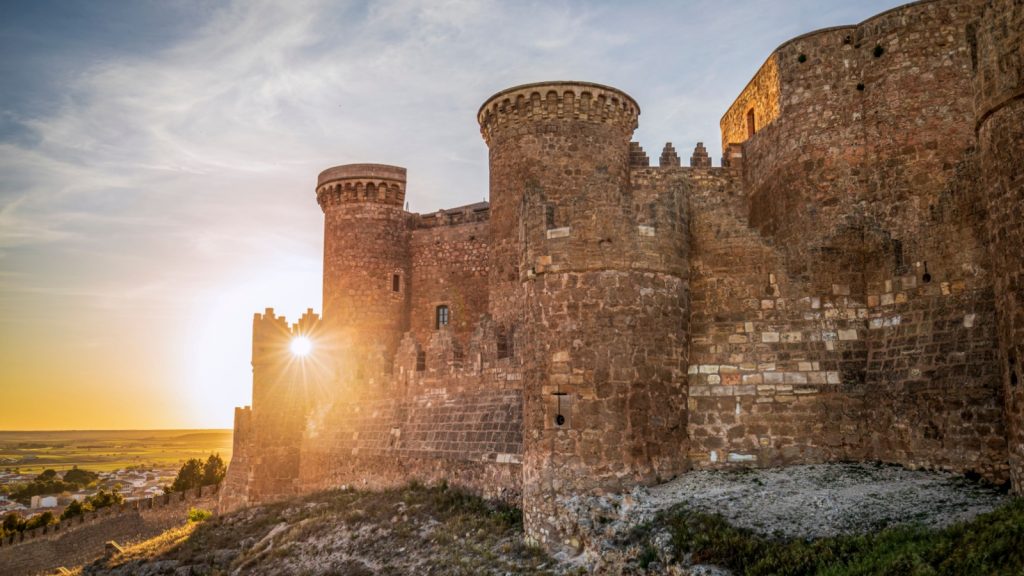
The Dark Ages saw the rise of stone castles across Europe. Unlike earlier wooden fortifications, these stone castles were more durable and harder to breach. They served as both defensive structures and symbols of power for feudal lords. Some of the most famous medieval castles, like Windsor Castle, have their origins in this era.
These 23 Titanic Facts That Will Make You See the Tragedy in a New Light

The Titanic, perhaps the most legendary ship ever, was a masterpiece of early 20th-century engineering, funded by American tycoon J.P. Morgan and constructed at the Harland and Wolff Shipyard. Thanks to the movie and other works of popular fiction, any people think they know everything there is to know about the Titanic, but they’re wrong.
Read More: These 23 Titanic Facts That Will Make You See the Tragedy in a New Light
Ellen has been obsessed with logic puzzles, jigsaws, and cryptograms since she was a kid. After learning she was taught how to play chess wrong by a family friend (so they could win), she joined her school chess club and the rest is history.


